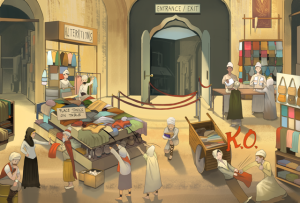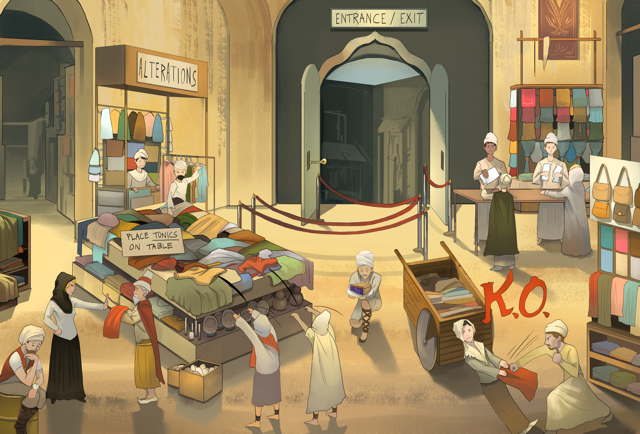Let’s face it: We’re generally a risk-averse community. We like things the way they are. We fear the unknown because our profession demands it of us. We prevent risk for a living. When problems arise, our responsibility is to mitigate harm and avoid further risk for our clients.
As a result of this risk-averse culture, legal education is stuck in time. We still use the case method in law school, which was developed in the 19th century. Many of the cases we study are hundreds of years old. Granted, we can extract important principles in a given field of law from these cases. But we can learn fundamental principles of law without reading endless antiquated cases.
When it comes to everything else in life, we’re constantly seeking innovation. We want the newest technologies, whether it’s a new phone or a thermostat. But when it comes to innovation in legal studies, we cling to the status quo. It’s time for the legal education community to begin to adapt to the twenty-first century. Learning has become far more efficient than it was in the 1800s.

One such recent educational development has been an emphasis on visual learning as a means to more thoroughly understand and retain copious amounts of information. Cognitive scientists at MIT found that people who learn through visual mnemonics can retain and recall thousands of images at a time, including detailed object and scene representations within those images.
Meanwhile, most people have a hard time memorizing their credit card information. That’s because retaining information perceived through text is exceedingly difficult.
The explanation is simple. Our brains have evolved over millions of years, through multiple pre-existing variations of our species. And yet we’ve had written language for merely 6,000 of those years. Our brains are not designed to retain mass amounts of information through textual learning. We learn by observing visual spaces.
The art of memory and learning is nothing new. It traces back to the ancient Greek poet Simonides, who used the “method of loci” which assigns distinctive images to anything one wants to remember by placing things in familiar rooms or buildings. Method of loci are now known as “memory palaces” or visual spaces in which individual objects serve as visual mnemonics within a given scene context.

Visual learning means using mnemonics within scenes to help people understand and retain material. As an example, a scene for parol evidence may include prisoners on parole. Within that scene, a depiction of people re-integrating into society can be used to represent partial and complete “integration” of a contract. Other symbols can be placed around the scene to represent other rules or exceptions until the entire parol evidence rule is captured within the scene, represented by a series of visual mnemonics.
Combining visual learning with auditory and textual modes of learning is called “multimodal” learning. When you learn through multi-modal interaction with the information, your brain is more active because more your brain is more stimulated. More parts of your brain are involved in the lesson, which means more opportunities for information to stick.
In the wake of these findings, a New York Times bestseller known as Moonwalking with Einstein explored the limitless ability of the greatest memory masters on Earth, all of which used visual learning and visual memory to retain astounding quantities of information. Visual memory is the exclusive means by which memory masters recall the order of a shuffled deck of cards in less than two minutes or the names of 99 people
they just met.
One of the key messages in the book is that the memory masters are not naturals by any means. In fact, most are exceedingly normal and have average IQs. They attribute their greatness to perfecting the process of visual learning.

Visual mnemonics can be useful throughout legal studies, because knowing more of the law means being a better officer of the law. Granted, the analytical tools we develop in law school are invaluable. But we should also come out of law school knowing more black letter law. More commonly adopted rules and exceptions. More recent Supreme Court precedent.
Visual learning is extremely effective for the Bar. Memorizing all law that can potentially show up on the Bar through books is next to impossible. However, it can be done through visual mnemonics. According to researchers at MIT, “the upper bound on the size of visual long-term memory has not been reached.”
If our profession is seeking to reach its fullest potential, we need to adapt to new methods of learning. By embracing twenty-first century educational innovations, ourlawyers can be better prepared for our sacrosanct duty as officers of the law.
 About the author:
About the author:
Kipp Mueller is co-founder and CEO of SketchyLaw, an online education company which teaches legal courses by use of visual learning. He is a recent graduate from Columbia Law School and a newly admitted attorney. He can be reached at info@sketchylaw.com.


